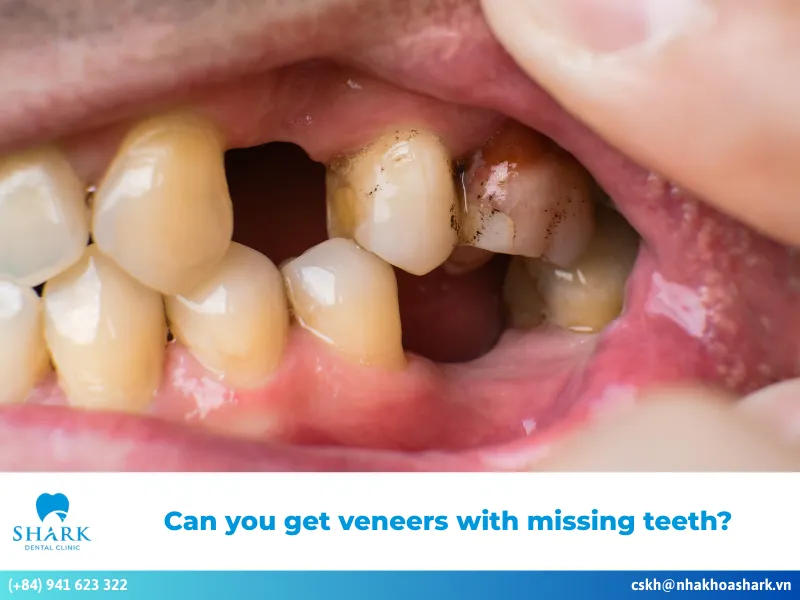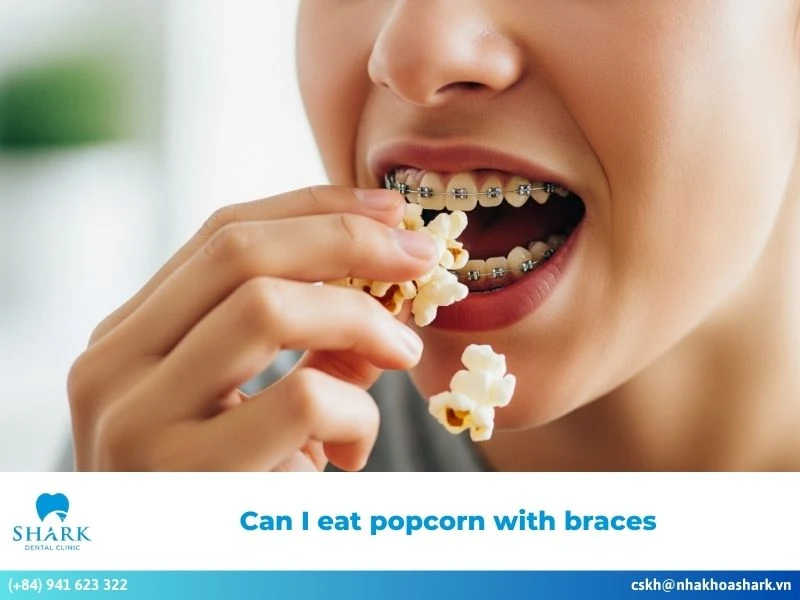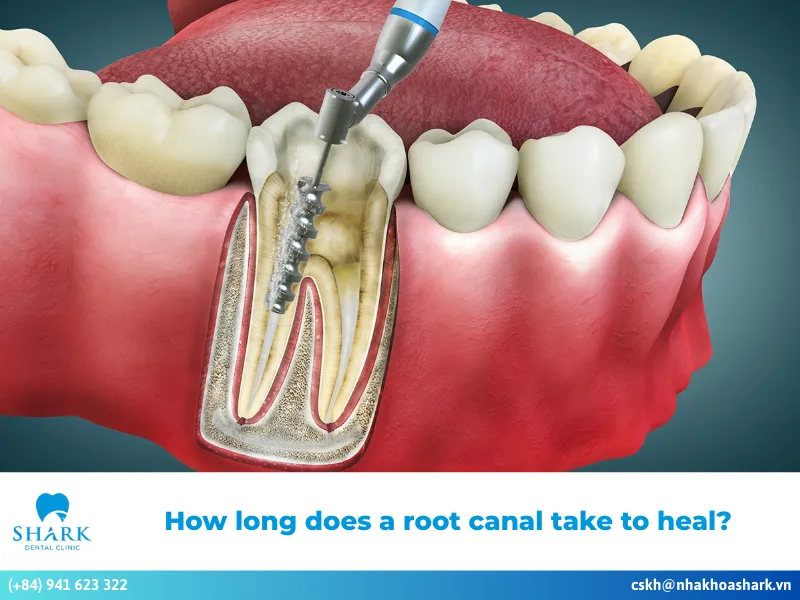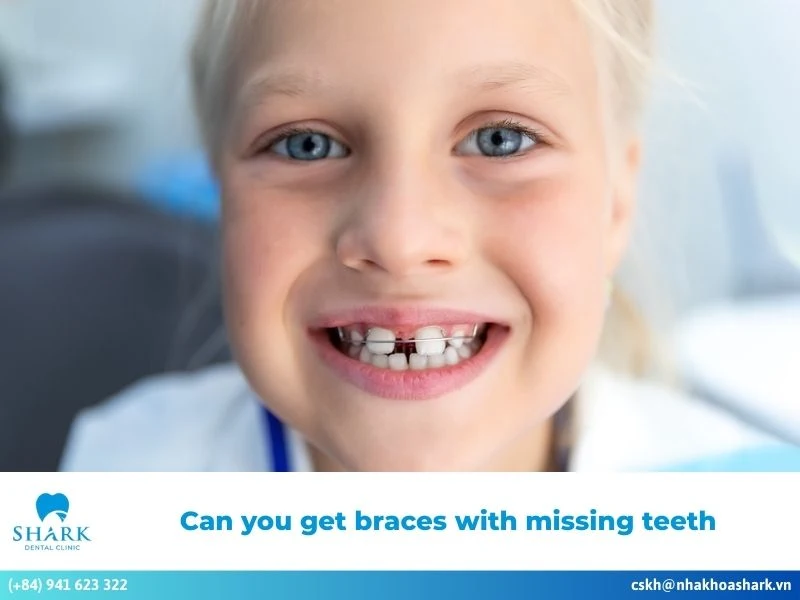During the orthodontic process, elastic bands are important tools used alongside archwires and brackets. They apply fixed pulling forces that help move the teeth into proper alignment, improving conditions such as crowding, gaps, and asymmetry. So, what are braces rubber bands? What role do they play in braces treatment? Let’s explore the information in this article!
What are braces rubber bands (orthodontic elastics)?
Braces rubber bands are elastic components used in braces treatment to apply targeted pressure, helping teeth shift into their correct positions. Their flexibility ensures even force distribution, supporting effective tooth movement without causing significant pain or discomfort.
The stage of wearing rubber bands during braces treatment varies for each person. Some may begin using them right after getting braces, while others might not start until 4–5 months into the treatment.
Depending on each individual case, the orthodontist will prescribe the use of rubber bands to achieve the best results. They help align the teeth properly and improve conditions such as spacing, crowding, overbite, and underbite.
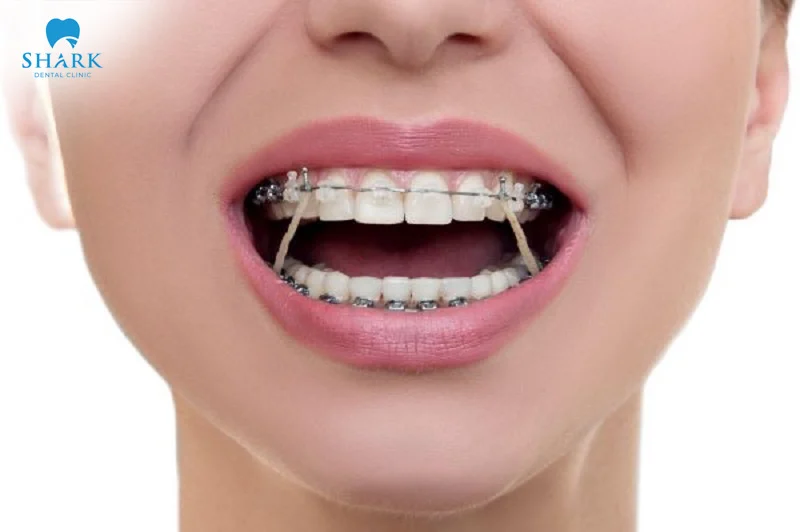
Types of elastics in braces
Braces rubber bands come in various types, each with its own characteristics and specific functions:
Separator Elastics (Spacers)
These are small round rubber bands, about 1 cm in diameter, placed between the teeth to create enough space. Their main function is to help the orthodontist easily insert orthodontic bands (metal rings) around the teeth. Once in place, these bands securely hold the archwire, providing strong support and helping to correct issues like tilted or misaligned teeth.
Interarch Rubber Bands
These elastics are larger in diameter than separators and are made from rubber, often available in a variety of colors. And, what do rubber bands do for braces? Interarch rubber bands are hooked from the upper molars to the lower molars to create pulling force, helping to align crooked teeth and bring them into proper position. They are also effective in correcting open bite issues.
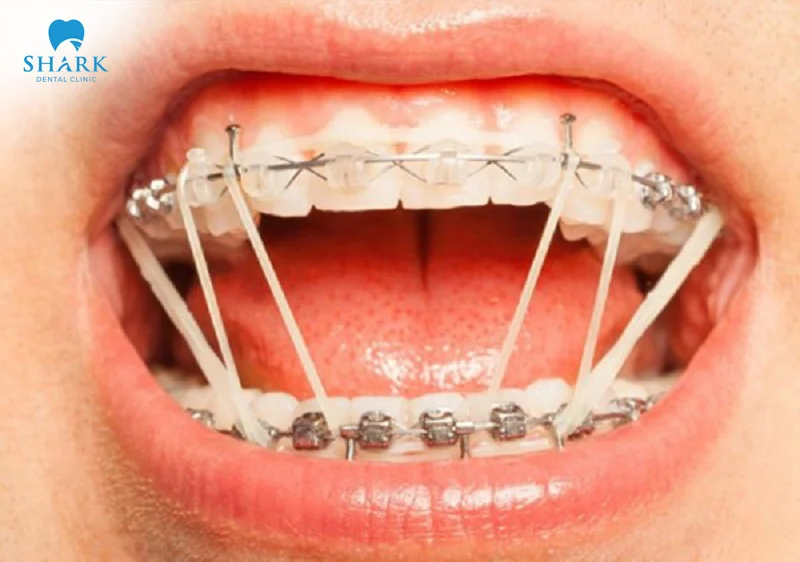
Ligature Elastics (Power Chains)
Ligature elastics, also known as power chains, are rubber strips made up of multiple connected loops. They are placed on brackets to help close gaps between teeth. This type of elastic assists in bringing the teeth closer together, making them more aligned and evenly spaced.
Elastic Traction Bands
Traction elastics work based on a sliding mechanism to correct bite alignment and guide the teeth into balanced positions. One end of the band is attached to the upper bracket and the other to the lower bracket, positioned either vertically or diagonally between the jaws. The pulling force from the elastic helps realign the teeth, making them straighter and more properly aligned.
Each type of orthodontic rubber band serves a specific purpose and position. The orthodontist will evaluate and apply the appropriate type based on each individual case to ensure that the teeth move in the correct direction and achieve the best orthodontic results.
How to put elastics on your braces
Braces rubber bands play a vital role in enhancing the effectiveness of braces treatment. Below is a detailed guide on how to properly wear rubber bands during orthodontic treatment:
Step 1: Identify the placement position
Depending on the type of rubber band and your dental condition, you should first determine the correct placement position. Accurate positioning is essential to ensure the rubber bands function properly and deliver the highest orthodontic effectiveness.
Step 2: Stretch the rubber band
Use your fingers or an elastic hook to stretch the rubber band, creating the necessary tension and elasticity for it to apply pressure effectively.
Step 3: Attach the rubber band
Begin by hooking one end of the rubber band onto the bracket or placing it between the designated teeth at the predetermined position.
Step 4: Attach the other end of the rubber band
Repeat steps 2 and 3 to stretch and hook the other end of the rubber band onto the corresponding bracket.
Step 5: Check the rubber band
Ensure that the rubber bands are securely in place and all orthodontic components are properly attached without any looseness.
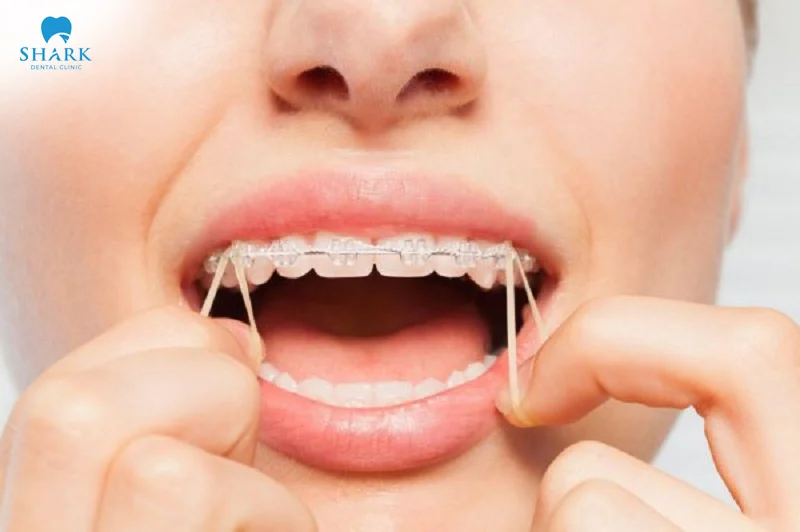
How long do you need to wear your elastic bands?
According to orthodontic specialists, the duration of wearing rubber bands depends on each individual’s dental condition and should follow the dentist’s instructions. To achieve the best results, it’s recommended to wear orthodontic rubber bands for at least 20 hours a day and continue until the teeth are properly aligned and the bite is balanced.
Frequently asked questions
During the process of wearing orthodontic rubber bands, many people have questions and concerns related to this treatment.
Do rubber bands on braces hurt?
In the early stages of wearing orthodontic rubber bands, you may experience slight pain and sensitivity. However, after a few days, the discomfort will subside, and the pain will gradually disappear.
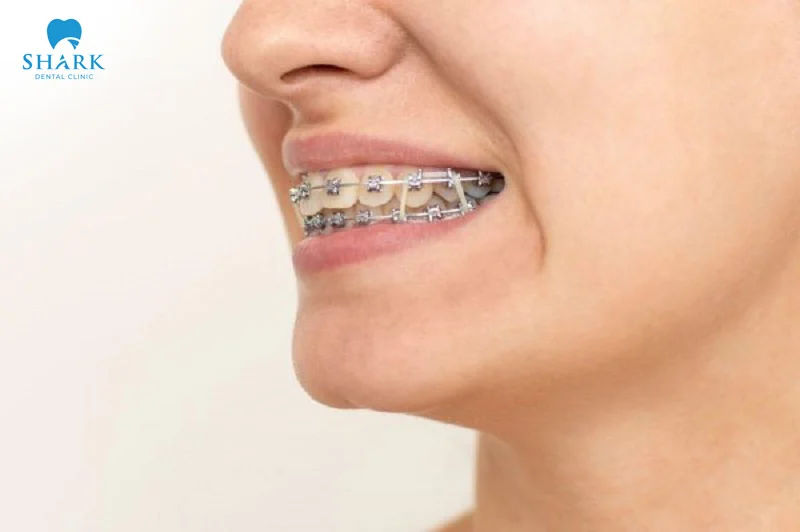
How long do you need to wear your elastic bands?
Orthodontic rubber bands are used for a short period of time. Dentists recommend replacing the bands 2–3 times a day to maintain hygiene and achieve the fastest orthodontic results.
Is it okay to eat with elastics?
According to experts, you should not eat while wearing orthodontic rubber bands. It’s best to remove them before meals and put them back on after properly cleaning your teeth.
Wearing rubber bands while eating can cause food to get stuck, leading to discomfort and creating an ideal environment for bacterial growth.
>>> Read more: What can you eat with braces?
Can I brush my teeth with elastics?
Yes, you can brush your teeth while wearing orthodontic rubber bands. However, it’s important to clean your teeth thoroughly, making sure to brush carefully around all areas especially between brackets to remove bacteria and prevent plaque buildup.
What if I run out of rubber bands between appointments?
If you run out of orthodontic rubber bands between visits, you should contact your orthodontist as soon as possible to get more or to receive proper instructions. Wearing rubber bands consistently is essential for effective treatment, so it’s important not to skip wearing them or try to replace them with non-dental items.
Rubber bands for braces are an important dental appliance that support the teeth-straightening process by helping to fix issues such as spacing, crowding, overbite, and underbite. Today, there are various types of orthodontic rubber bands used depending on each case. To ensure safe and effective results when getting braces in Vietnam, it’s best to choose a reputable clinic for your treatment.
If you have any questions regarding braces or orthodontic care, feel free to contact the team of specialists at Shark Dental for prompt consultation and support.





